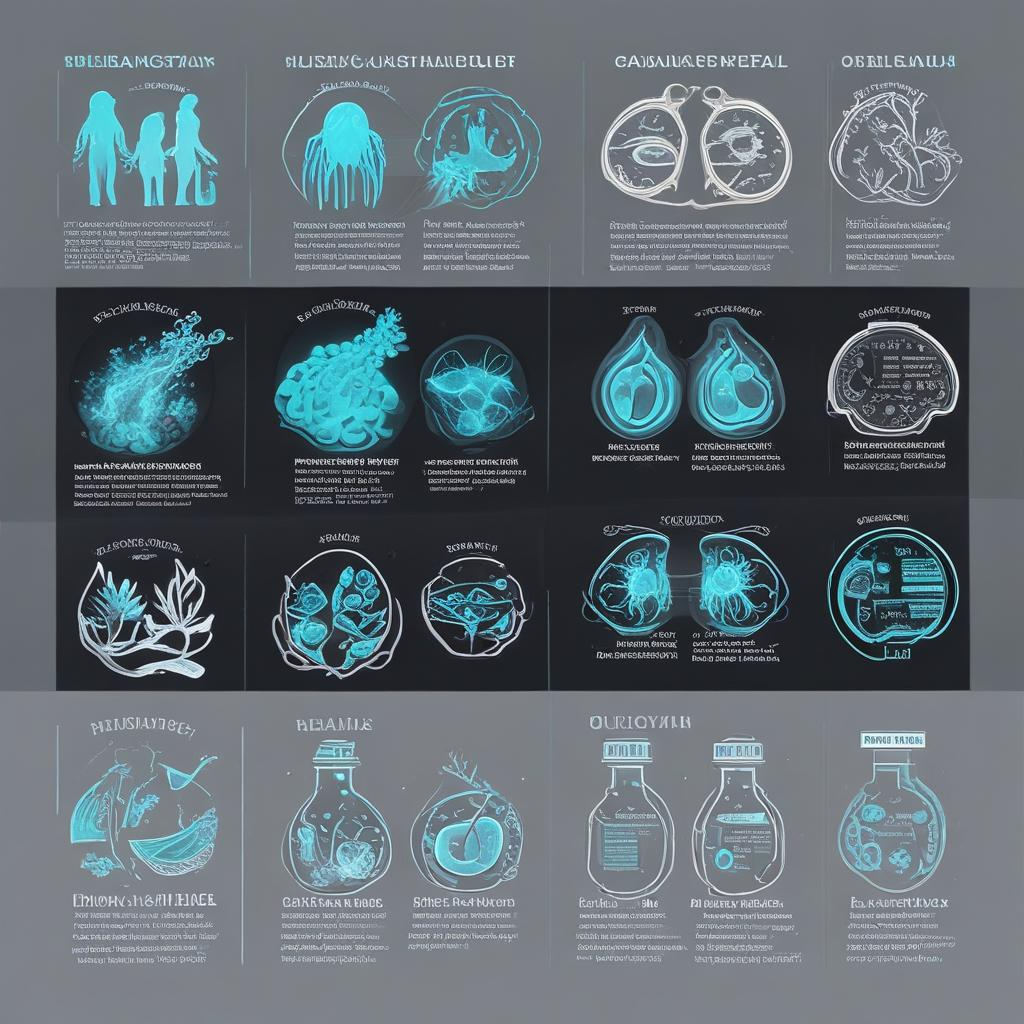Bioluminescence, the natural phenomenon through which living organisms produce light, has intrigued both the public and scientific community for centuries. This naturally occurring marvel has transcended its origins and now serves as a cornerstone in many scientific and medical research projects. Here, we explore the top ways in which bioluminescence is utilized in medical research, highlighting the pivotal roles it plays in advancing our understanding of complex biological processes.

1. Drug Discovery and Development
The process of discovering and developing new medications is complex and costly. Bioluminescence has become a critical tool in the pharmacological field, facilitating more efficient screening of potential drugs. By using bioluminescent markers, researchers can quickly identify how a drug interacts with cells in real-time. This method is not only faster but also reduces the need for more traditional, and often more ethically concerning, testing methods using animals.
2. Cancer Research
Bioluminescence imaging (BLI) is extensively used in cancer research to visualize the growth of tumors and assess the efficacy of treatments in living organisms. Cells can be engineered to produce light, making it easier to observe tumor progression or regression in response to treatment. This application has been pivotal in understanding cancer metastasis and tumor microenvironment, providing insights that are critical for developing targeted cancer therapies.
3. Microbial Pathogenesis
Understanding microbial infections involves observing pathogens as they interact with host organisms, a task complicated by the microscopic nature of these organisms. Bioluminescent markers have revolutionized this field, allowing researchers to tag pathogens with luminous proteins and monitor infection progress in real-time. This has profound implications for developing treatments against bacterial, viral, and fungal infections.
4. Gene Expression Studies
The study of when and where genes are turned on or off in a cell or organism is facilitated by bioluminescent markers. By linking these luminous markers to specific gene promoters, researchers can visualize the activation of these genes in live cells and organisms. This approach is invaluable for understanding gene function, regulation, and the impacts of genetic modification.
5. Neuroscience Research
Neuroscience greatly benefits from the non-invasive nature of bioluminescent imaging. Bioluminescence is used to study neuron activation and brain function patterns, providing insight into both normal brain activity and neurological disorders. This capability enables researchers to delve into neuronal circuits without the need for more invasive procedures.6. Environmental Toxicology
Bioluminescent organisms like certain bacteria can respond to environmental toxins by increasing or decreasing their light output, which can be measured precisely. This response has been harnessed to develop bioassays that determine the toxicity of various environmental samples. By integrating these bioassays, researchers can rapidly assess the impact of pollutants on ecological systems and human health.
7. Developmental Biology
Understanding the intricate process of how organisms grow and develop is crucial. Bioluminescence enables scientists to track cell and tissue development in embryos across various stages. For instance, researchers can monitor the effects of genetic modifications or the impact of environmental factors on development processes in vivo, providing crucial data that shapes our understanding of biology.
8. Immune System Monitoring
Bioluminescence is a valuable tool for visualizing immune responses in real time. Researchers use bioluminescent markers to track how the immune system reacts to pathogens, vaccines, or other therapeutic interventions. This application provides vital information that can enhance vaccine development and improve immune therapy strategies for various diseases.
9. Antimicrobial and Antiviral Testing
The rapid testing and development of antimicrobial and antiviral compounds are more crucial than ever in the face of rising antimicrobial resistance and global viral threats. Bioluminescence assays enable rapid screening of compounds’ efficacy against a variety of pathogens, speeding up the development process and helping bring effective therapies to market faster.
10. Cellular and Molecular Imaging
Finally, the field of cellular and molecular imaging has been transformed by bioluminescence. The ability to tag particular cells or molecules with bioluminescent proteins allows researchers to observe the location and interaction of these entities within living organisms over time. This enhanced visibility is crucial for unraveling complex biological pathways and disease mechanisms.
The use of bioluminescence in medical research not only supports the advancement of scientific knowledge but also paves the way for the development of innovative and more effective medical treatments. As research techniques continue to evolve, the potential applications of bioluminescence are sure to expand, further enriching the field of medical science and providing hope for treatments of various diseases.


.jpg)






.jpg)


0 Comments